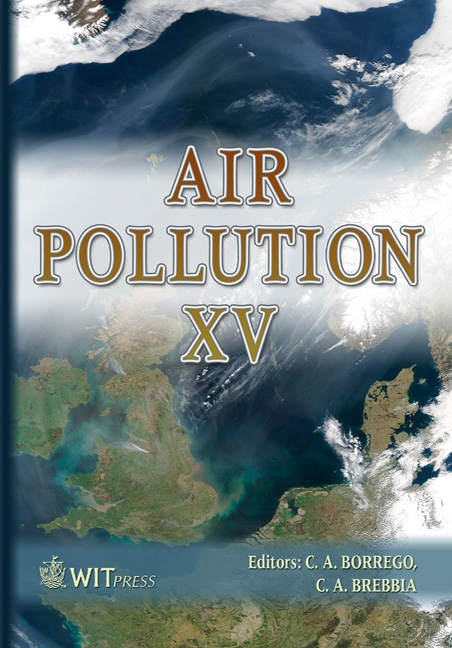A Neural Network Based Model To Forecast Hourly Ozone Levels In Rural Areas In The Basque Country
Price
Free (open access)
Transaction
Volume
101
Pages
10
Published
2007
Size
1,012 kb
Paper DOI
10.2495/AIR070111
Copyright
WIT Press
Author(s)
E. Agirre, A. Anta, L. J. R. Barrón & M. Albizu
Abstract
The goal of this work is to build and evaluate a multilayer perceptron based model to forecast tropospheric ozone (O3) levels, in real-time, up to eight hours ahead at two rural stations located in the Autonomous Community of the Basque Country (North Central Spain). Current and historical hourly concentrations of ozone, nitrogen dioxide (NO2) and meteorological variables were used to determine the input variables of the model. The designed basic model established sixteen multilayer perceptrons, which were trained using the scaled conjugate gradient algorithm. The performance of the model was evaluated using the statistics of the Model Validation Kit. The study proved the capability of artificial neural networks to forecast efficiently ozone concentrations at rural stations in the Basque Country. Keywords: multilayer perceptron, artificial neural networks, air quality modelling, ozone. 1 Introduction The pollution caused by photochemical oxidants is one of the main problems in air quality. In this way, the tropospheric ozone (O3) must be considered as a relevant air pollutant. The tropospheric ozone is a secondary pollutant, originated
Keywords
multilayer perceptron, artificial neural networks, air quality modelling, ozone.





